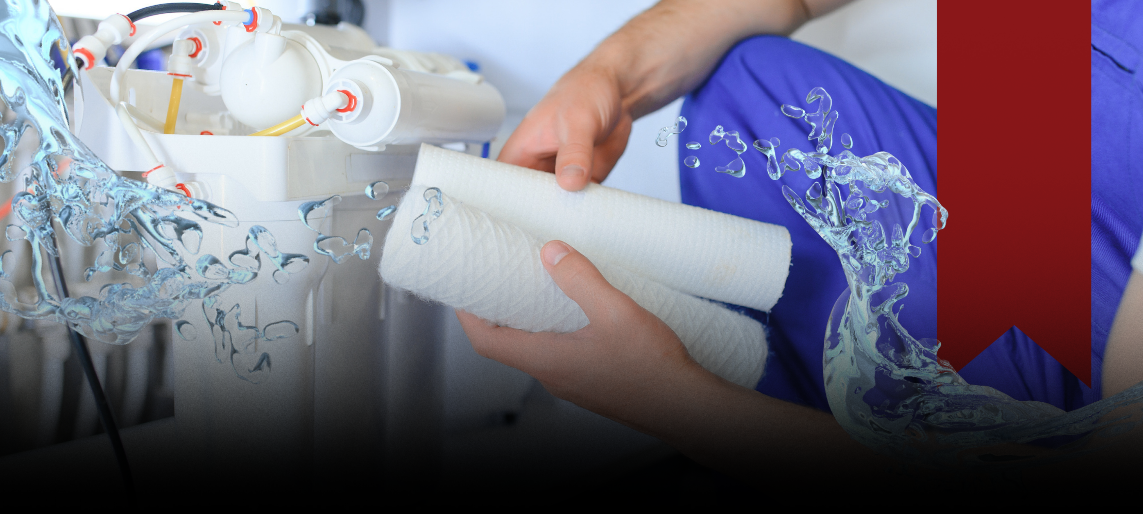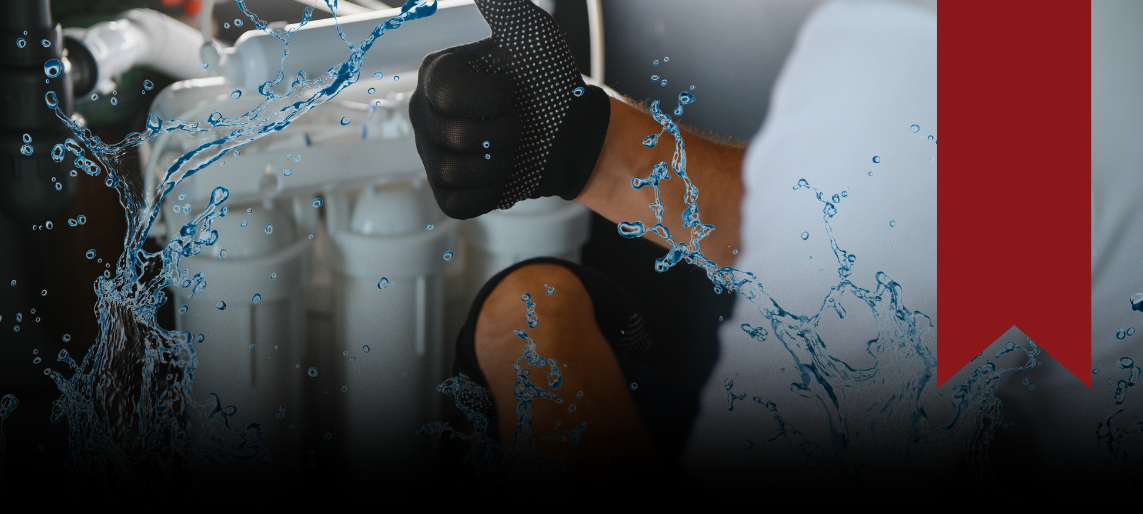
Efficient, Reliable, and Consistent Results for Every Service
Summary
Discover why a commercial rice cooker is an essential piece of kitchen equipment for restaurants, cafeterias, and federal facilities. Learn how it improves consistency, saves labor, and streamlines your cooking line compared to stovetop or steamer methods. Find out where to place it, how to clean it, and what to consider before buying one.
What Is a Commercial Rice Cooker?
A commercial rice cooker is a countertop appliance designed to automatically cook large quantities of rice to perfection. It uses heat and steam to evenly cook every grain, then switches to a warming cycle that keeps rice fluffy and ready for hours. For high-volume kitchens, it’s a dependable tool that removes the guesswork from one of the most common menu items.
Why Not Just Cook Rice on the Stove or in a Steamer?
Cooking rice on the stove can require constant attention—and steamers aren’t always designed for precision. A rice cooker simplifies the process by improving consistency, reducing labor, and lowering energy use.
• Consistency: Every batch cooks the same way, regardless of who’s on shift.
• Labor Savings: Set it and focus on other prep tasks.
• Energy Efficiency: Uses less energy than stovetop cooking.
• Reduced Waste: Prevents scorched rice and overcooked batches.
Efficiencies Gained in the Kitchen
Beyond rice, a rice cooker can handle grains like quinoa, barley, or oatmeal. It enhances operational efficiency through batch production, compact footprint, long holding power, and ease of use. These benefits make it a staple in foodservice operations looking to optimize kitchen output.
Where to Place a Rice Cooker on the Line
Strategic placement improves workflow and safety. Place it near the serving line for quick plating, near prep areas for rice-based dishes, and away from fryers or ovens. Ensure a stable, well-ventilated countertop with a nearby power source.
Cleaning and Maintenance
Cleaning a rice cooker is quick and straightforward:
• Remove the nonstick inner pot and wash after each use.
• Empty and rinse condensation collectors.
• Wipe the stainless-steel exterior with mild detergent.
• Inspect heating plates and cords periodically.
Questions to Ask Before You Buy
When selecting a commercial rice cooker, consider the following:
1. How much rice do you cook per day?
2. Do you prefer electric or gas?
3. Is long holding time needed?
4. Do you need NSF certification?
5. Where will it be placed?
6. What rice types are you cooking most often?
Final Thoughts
A rice cooker is not just a small appliance—it’s a high-efficiency tool that improves consistency, reduces labor, and simplifies daily prep. For busy kitchens serving high volumes or multiple service periods, the right model can quickly pay for itself through time savings and reduced waste.
FAQs About Rice Cookers
· What size rice cooker do I need for my commercial kitchen?
A 25-cup unit suits small operations, while 55–60 cup models are ideal for cafeterias or dining facilities serving 100+ meals per sitting.
· Can I cook other grains besides rice?
Yes. Many commercial rice cookers can handle quinoa, oatmeal, or even soups—check manufacturer specifications for multi-function capabilities.
· How long can rice stay warm safely?
Most models maintain safe serving temperatures for 6–12 hours, depending on the model and environment.
· What’s the difference between induction and conventional rice cookers?
Induction models heat more evenly and respond faster to temperature changes, while conventional models are more affordable and widely available.
· Are rice cookers NSF certified?
Most commercial models are NSF certified to meet health and safety standards required in professional kitchens.
· How often should I clean a rice cooker?
Clean after every use and check for residue weekly to maintain performance and prevent contamination.










